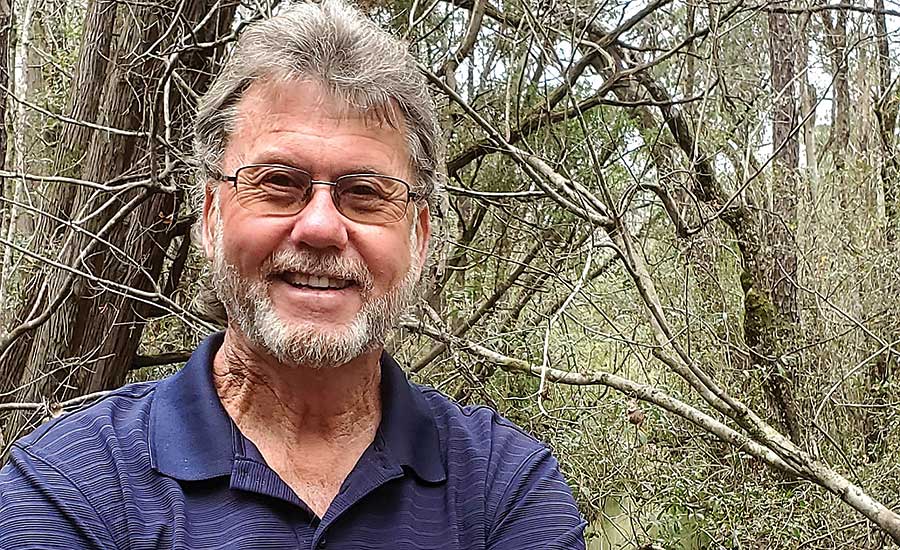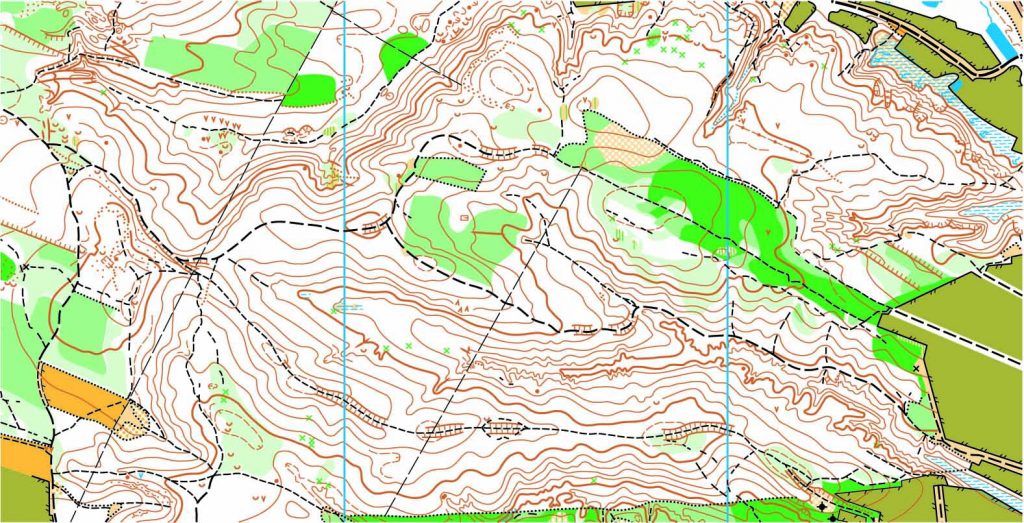
Are you looking for a career change? Thinking about land surveying? Here is some information to keep in mind:
To become a licensed land surveyor, you have to meet a few requirements. You must have at least six years of full-time (or its equivalent) land surveying experience. This must include a year with responsible office training and a year with responsible field training.
You can use one of two alternatives to reach the required experience. One option is if you graduated from a board-approved curriculum that emphasizes land surveying. This can count for up to four years of experience. The other is if you studied a board-approved curriculum and didn’t graduate. You can get a half-year of experience for every year you studied.
You also have to pass multiple examinations, including the NCEES Principles and Practice of Surveying (PS) Exam, the California-Specific Professional Land Surveyor Exam, the NCEES Fundamentals of Surveying (FS) Exam, and the California Professional Land Surveyors State Laws and Board Rules Exam. The last one is completed at home. You must also be fingerprinted and pay a fee.
As far as qualifications are concerned, The Board for Professional Engineers, Land Surveyors, and Geologists waives the requirement to pass the NCEES Fundamentals of Surveying Exam in a few situations. This can be the case if you have an LSIT Certificate from a different state or a valid California Civil Engineer License. It also applies if you graduated from a four-year curriculum for land surveying and have at least 15 years of qualifying experience. The final exemption is if you graduated from a non-approved curriculum for land surveying with a Bachelor’s of Science or its equivalent and have at least 17 years of experience.
To find out more about a career in land surveying, please contact us at (800) CALVADA or visit www.calvada.com.
Calvada proudly serves Corona and all surrounding areas.




